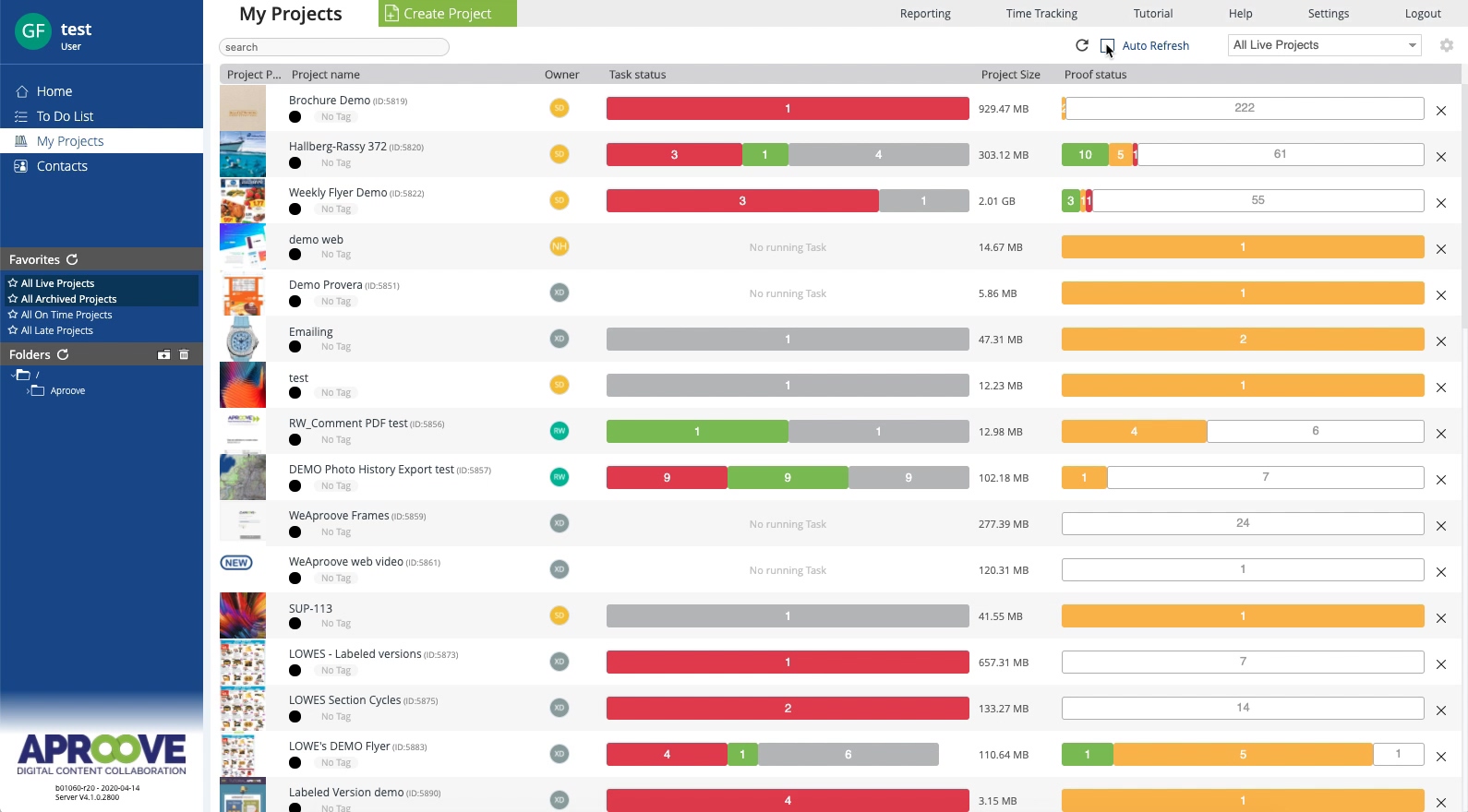Optimizing Banking Business Process with BPM


Optimizing Banking Business Process with BPM
September 16, 2022 5:26:13 AM EDT
11
min read
The Ultimate Guide To Creating a Successful Marketing Workflow


The Ultimate Guide To Creating a Successful Marketing Workflow
January 25, 2022 4:03:00 AM EST
10
min read
What Is Workflow Optimization? Strategies to Improve Business Performance

What Is Workflow Optimization? Strategies to Improve Business Performance
November 23, 2021 8:27:00 AM EST
13
min read
What Is a Project Management Framework?


What Is a Project Management Framework?
August 17, 2021 7:16:33 AM EDT
10
min read
What is a Workflow Management System


What is a Workflow Management System
May 18, 2021 8:03:00 AM EDT
6
min read
